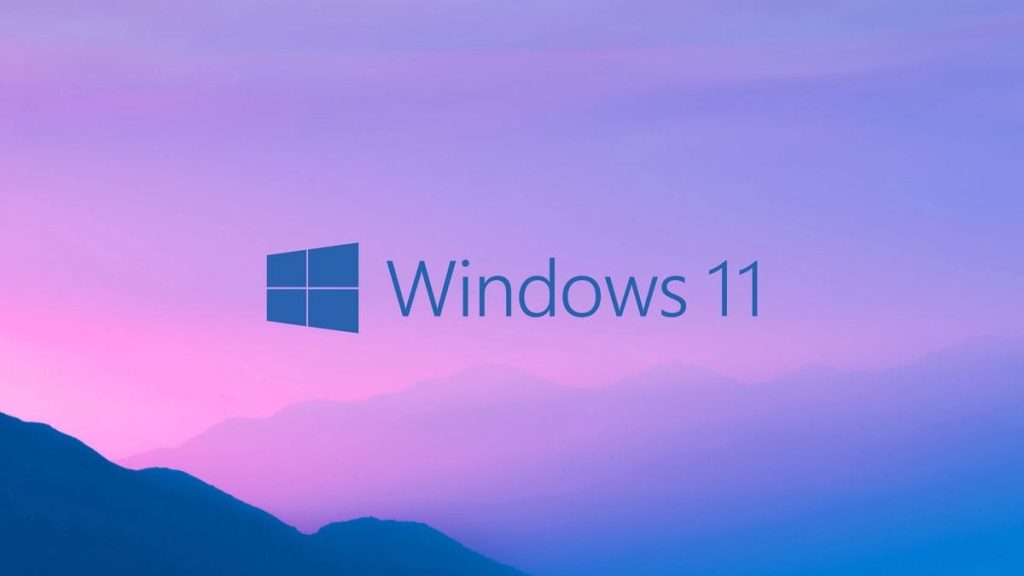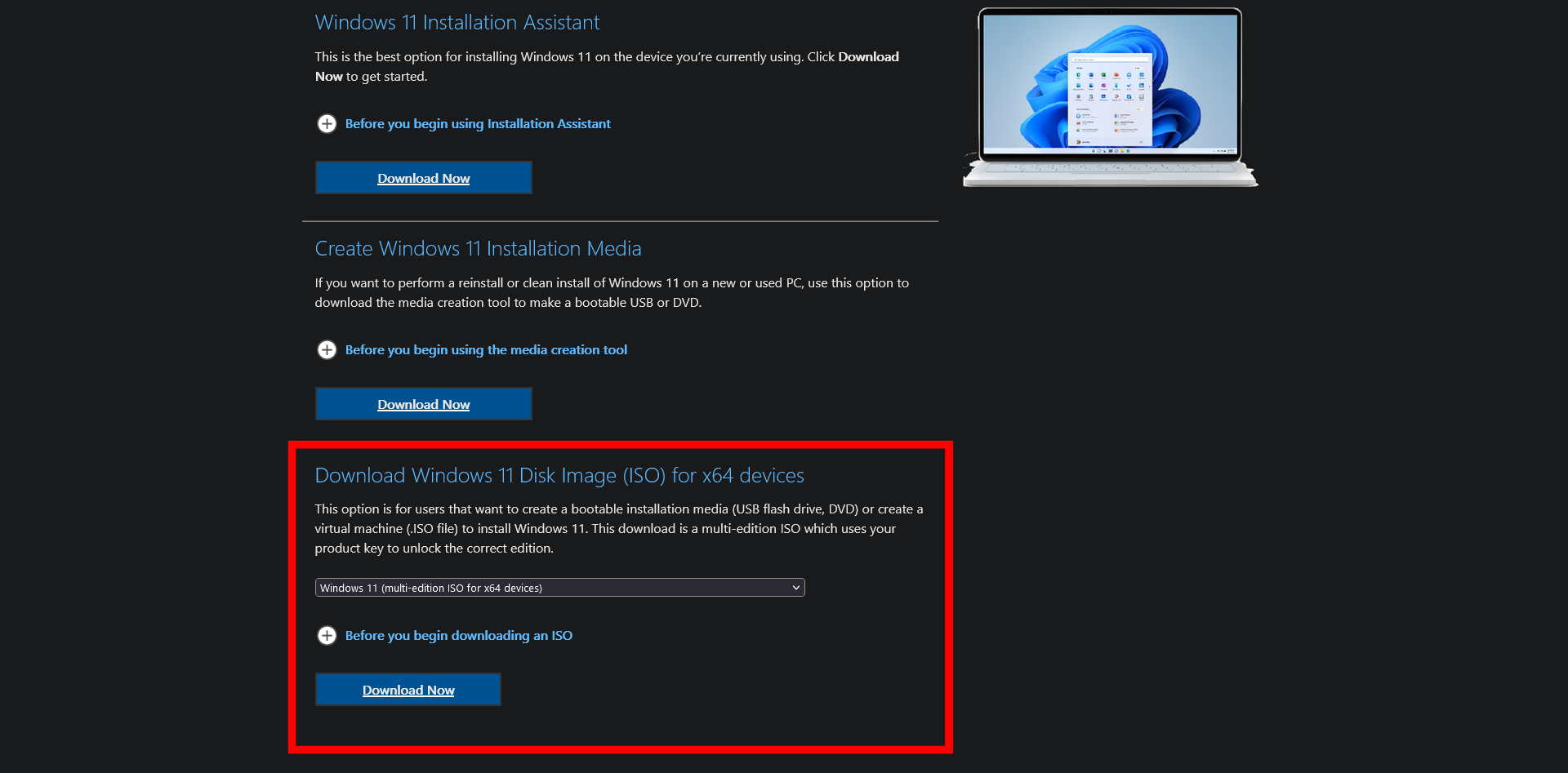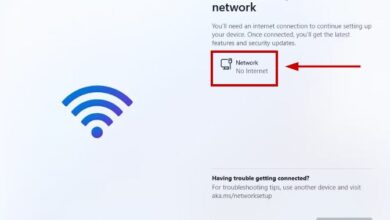How to Bypass Microsoft Account While Setting Up Windows 11?
- Windows 11 can be installed without a Microsoft account using methods like the Out-of-Box Experience (OOBE), Rufus for clean install, or using a dummy email.
- Bypassing the Microsoft account requirement offers privacy protection and autonomy over updates, but limits access to certain features and syncing abilities.
- The choice between using a Microsoft or local account depends on personal preferences for privacy, control, and feature access.
Operating systems are at the heart of our daily technology use. Windows 11, the latest version of Microsoft‘s well-known operating system, brings many new features to help boost productivity and make the user experience smoother and more enjoyable.
However, some users have concerns about privacy, data collection, or simply prefer using their computer without being required to sign in with a Microsoft account during setup.
This step-by-step guide is here to help by covering how you can install Windows 11 without needing to connect or sign in with a Microsoft account.

Preparing for Installation
By the end of this guide, you’ll know exactly how to set up Windows 11 without having to use a Microsoft account. But before we get there, let’s walk through the process for a clean installation of Windows 11 on your computer.
How to Install Windows 11?
Here are the basic steps to do a fresh installation of Windows 11 on your system:
Step 1: Prepare Your USB Drive
Start your PC using a Windows 11 USB flash drive.
Step 2: Boot from USB
- When prompted, press any key to boot from the USB device.
- You should now see the Windows Setup screen.
Step 3: Language and Settings
- If your language, time, currency, or keyboard settings differ from the defaults, adjust them now.
- Click the “Next” button.

Step 4: Installation Options
Click “Install now.”

Step 5: Product Key
If you’re reinstalling Windows 11, click on “I don’t have a product key.” For a new installation, type in your product key when asked.

Step 6: Select Edition
- Choose the right Windows 11 edition if you’re asked.
- Click “Next.”

Step 7: License Terms
Select the “I accept the license terms.” option.
Step 8: Custom Installation
Click “Custom: Install Windows only (advanced)” to do a fresh, clean installation.

Step 9: Partition Selection
- Select the partition where Windows is currently installed (usually “Drive 0”), and click “Delete”.
- Click “Yes” to confirm.
- Select the empty drive (Drive 0 Unallocated Space) to continue the installation.

Step 10: Complete Installation
Click the “Next” button to finish the installation process.
Don’t forget to back up your data first, as a clean install will remove everything on the computer. It’s always wise to follow the latest advice from Microsoft or trusted resources.
Now, let’s go over how you can set up Windows 11 without signing in with or creating a Microsoft account.
How to Setup Windows 11 Without a Microsoft Account?
You can install Windows 11 without a Microsoft account using a few different methods. Below, you’ll find easy-to-follow steps for each method:
Method 1: Using the Out-of-Box Experience (OOBE)
- Proceed with the installation until you reach the “Is this the right country or region?” screen.

Select Your Country - Press Shift + F10 to open the Command Prompt.
- Type OOBEBYPASSNRO and hit Enter to skip the network requirement.

Run the given command - The PC will reboot and bring you back to the network connection screen.
- Press Shift + F10 again and type ipconfig /release to disconnect from any internet connection.

Run the given command - Close the Command Prompt and continue the setup.
- When asked to connect to a network, select “I don’t have Internet.”

Select “I don’t have internet” - Continue with the limited setup and create a local account when prompted.

Continue with Limited Setup and Create a Local Account
READ MORE: How to Install Windows 11 on Unsupported PCs: Bypassing System Requirements ➜
Method 2: Using Rufus for a Clean Install
- Download the Windows 11 ISO file from Microsoft’s official website.

Download the Windows 11 ISO File - Insert a USB flash drive with at least 8GB of space. Note: this drive will be completely erased.
- Download and open Rufus (version 4.4 or newer).
- In Rufus, select your USB drive from the list if it isn’t already picked.

Select your USB Drive from the Menu - Click “Select” and choose the Windows 11 ISO file you downloaded.

Select the Downloaded ISO File - Click “Start” at the bottom to start creating your bootable USB.

Click Start - Enable the option for “Remove requirement for an online Microsoft account”, as well as any other settings you prefer.

Select your Desired Preferences - Click “OK” to confirm and note that Rufus will erase all data from the USB drive.

Click OK to Confirm and Start the Process - Rufus will copy all necessary files to your USB drive. When it’s done, your bootable USB is ready.
- When installing Windows, click “skip” if you see an ice cream cone on the screen during setup.
Method 3: Using a Dummy Email
- Start the Windows 11 installation as usual.
- When asked for a Microsoft account, enter a made-up email like “no@thankyou.com” or simply type “USER”.

Enter a Random/Wrong Email - Type a random password and continue.

Enter a Random/Wrong Password - If needed, repeat steps 2 and 3 multiple times.
- Eventually, Windows will stop asking for Microsoft sign-in and let you create a local account.

Create and Setup Your Local Account
That’s it! These are the main ways you can bypass the Microsoft Account requirement in Windows 11. Pick whichever method seems easiest for you, and you’ll be able to start using Windows 11 with just a local account.
Keep in mind that these are unofficial workarounds and may not be supported by Microsoft. Also, using Windows 11 without a Microsoft account might mean you miss out on features like device syncing and cloud-based services. This brings up an important question: Should you skip the Microsoft account setup in Windows 11?
 Reviewed by
Reviewed by 




